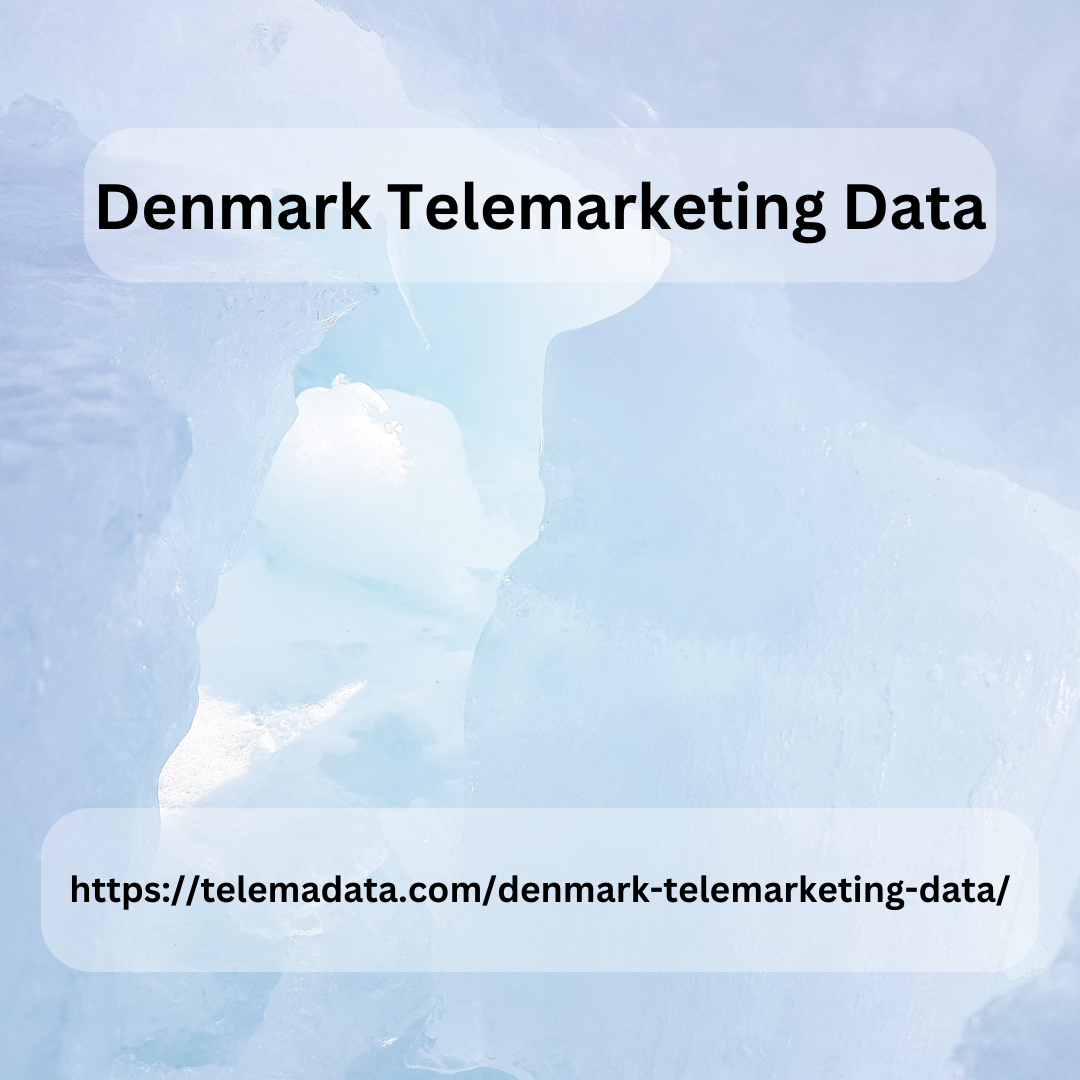Post by prantogomes141 on Feb 14, 2024 7:17:45 GMT
One of the biggest challenges of the triple bottom line is determining how to measure your environmental and social impact. Profit is fairly easy to measure, but how do you determine your social capital? Some advocate for monetizing all dimensions of the triple bottom line, including social welfare and environmental damage. While a common unit would make things simple, there are objections to putting a dollar value on wetlands, endangered species and other valuable grounds. “Part of the challenge of managing to the triple bottom line is that it can be hard to put specific dollar figures on all the benefits of your efforts,” said Adams.
“What is the value of reducing your CO2 emissions? How much employee well-being will that flexible work policy create and what is its worth?” He added, “Some of these people and planet benefits accrue over the long term — they might pencil out over a five-year timeframe but would be hard to justify over a shorter reporting cycle. Will your company board get behind that? Will your Denmark Telemarketing Data investors?” Another solution would be to calculate the triple bottom line in terms of an index. This eliminates the incompatible units issue and allows for comparisons between entities. There is no universal standard method for calculating the triple bottom line. Neither is there a universally accepted standard for the measures that comprise the three categories. Ultimately, triple bottom line calculations will be driven by stakeholders, subject matter experts and data availability, which will vary by company.

Businesses that have already adopted the triple bottom line and are ready to take things to the next level may want to consider becoming a certified B Corporation (B-corp). To qualify for B-corp status, a company needs to be certified by the nonprofit organization B Lab as meeting certain standards for environmental and social performance, sustainability, transparency and accountability. “A triple bottom line model and/or B Corporation certification can be a support to enable a company’s mission to grow their impact,” said JoAnn Rizzo, eco chair at AE Works. >> Learn More: How to Create a Sustainable Business Model How to assess your company Prigge recommends businesses use the free B Impact Assessment as a framework for a TBL evaluation.
“What is the value of reducing your CO2 emissions? How much employee well-being will that flexible work policy create and what is its worth?” He added, “Some of these people and planet benefits accrue over the long term — they might pencil out over a five-year timeframe but would be hard to justify over a shorter reporting cycle. Will your company board get behind that? Will your Denmark Telemarketing Data investors?” Another solution would be to calculate the triple bottom line in terms of an index. This eliminates the incompatible units issue and allows for comparisons between entities. There is no universal standard method for calculating the triple bottom line. Neither is there a universally accepted standard for the measures that comprise the three categories. Ultimately, triple bottom line calculations will be driven by stakeholders, subject matter experts and data availability, which will vary by company.

Businesses that have already adopted the triple bottom line and are ready to take things to the next level may want to consider becoming a certified B Corporation (B-corp). To qualify for B-corp status, a company needs to be certified by the nonprofit organization B Lab as meeting certain standards for environmental and social performance, sustainability, transparency and accountability. “A triple bottom line model and/or B Corporation certification can be a support to enable a company’s mission to grow their impact,” said JoAnn Rizzo, eco chair at AE Works. >> Learn More: How to Create a Sustainable Business Model How to assess your company Prigge recommends businesses use the free B Impact Assessment as a framework for a TBL evaluation.
